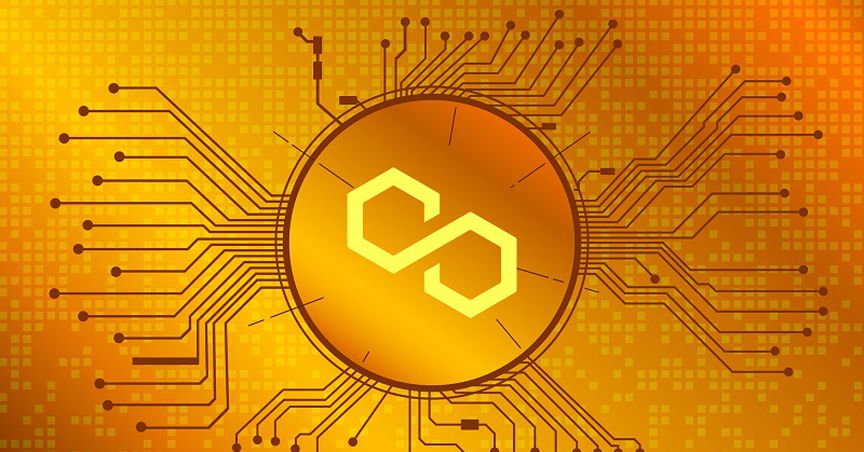Highlights
- The much-anticipated implementation of Ethereum’s EIP-1559 upgrade was finally implemented on 17 January, thereby bringing facilities of a partial network fee burning mechanism on the Polygon network.
- However, following the successful upgrade on the Mumbai testnet, it offers a burning of the MATIC token that gives better visibility to the token.
- The burning will happen in two steps which begin on the Polygon network and are completed on the Ethereum.
The much-anticipated implementation of Ethereum’s EIP-1559 upgrade was finally done on 17 January, thereby bringing facilities of partial network fee burning mechanism on the Polygon network.
The Ethereum EIP-1559 upgrade, which was made its debut with the following the London Hard Fork in August last year, was one of the biggest upgrades on the ETH platform. Following the successful upgrade on the Mumbai testnet, the latest upgrade offers burning of the MATIC token, thereby offering better visibility to the MATIC token.
The most awaited rollout went live on 18 January at 3:00 UTC at block 23850000, according to polygonscan.com.
What is EIP-1559?
With the recent development, it is expected to bring in the same fee-burning feature to Polygon. With this, the EIP-1559 can inculcate a similar fee-burning feature to the Polygon network, which results in the obliteration of MATIC tokens. Besides, it results in better cost estimations, and it helps in a discrete base fee for transactions that is moved to the next block and fastens the processing of fees following which the tokens are burned.
Also read: What makes EasyFi (EZ) crypto so unique?
The MATIC burning will happen in twin steps which begin on the Polygon network and get completed on the Ethereum network. Through an open interface, the users can constantly monitor the number of tokens burned and at the same time also become part of the burning process.
According to the blog from Polygon network, MATIC comes with a fixed supply of 10 billion tokens, and any reduction in the token is expected to have a deflationary effect. It is expected that this should help both validators and delegators as they are rewarded accordingly and at the same time it will also reduce the congestion within the network.
Also read: What makes Fetch.ai (FET) crypto so unique for IoT investors?
Impact of upgrade
MATIC, despite the upgrade, has not been enjoying a good day in the market on Tuesday. In fact, at the time of drafting, MATIC was down by almost 8% and was trading at US$2.19 with a trading volume of US$1,458,752,186. The 13th ranked token had a live market cap of US$15,987,735,819 and a supply of 7,312,892,503 MATIC coins.
Ethereum too wasn’t having a good day as it was down by 2.47%. ETH was trading at US$3,180.56 with a volume of US$11,878,815,448.
Market experts believe that MATIC could very well set the market on fire in the coming days once the hard fork is completed. The MATIC rally could bring in more investors to its platform and will provide it the much-needed kick to move out of the otherwise bearish phase, experts feel. Only till will tell how significant the impact will be following this upgrade.



